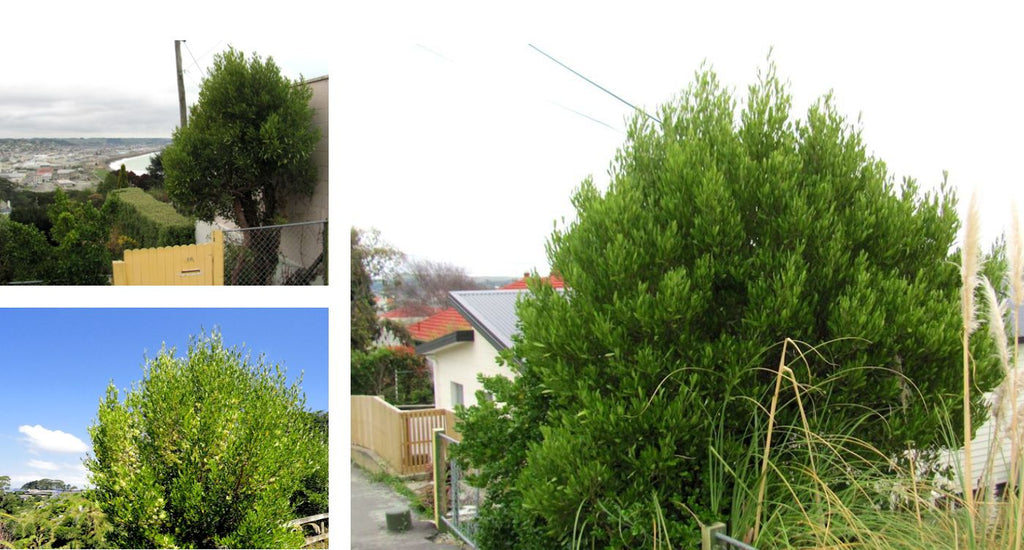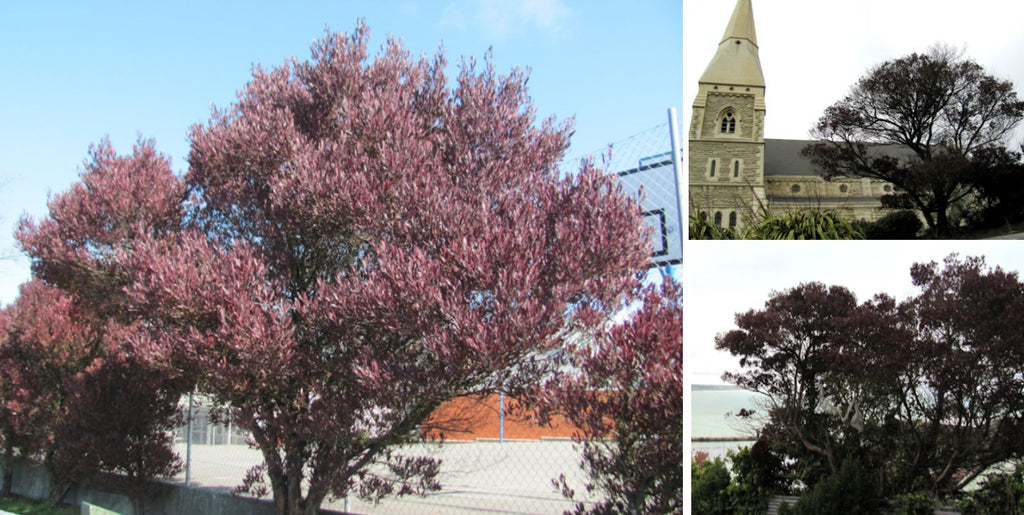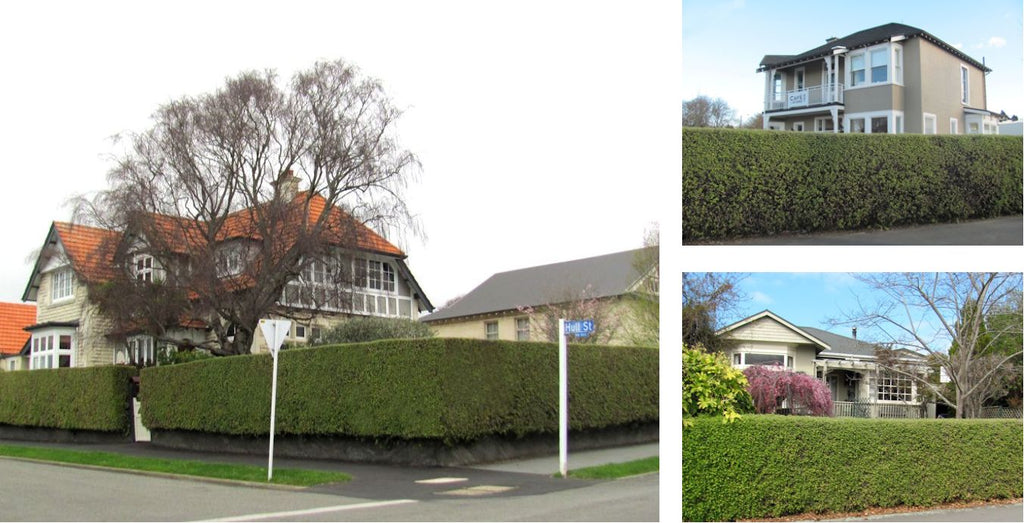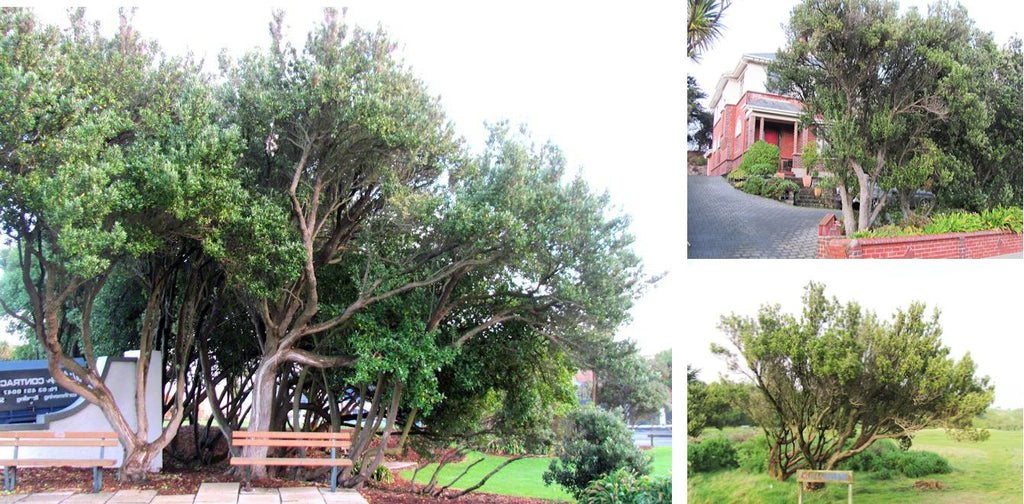Ake Ake
A small group of shrubby trees are loosely grouped under the common name 'Ake Ake' as they have similar traits, growth habits, and tolerate similar conditions. Strictly speaking these plants do not all come from the same family, however the grouping of 'Ake Ake' is useful when picking plants as they are all tough, and suitable for similar harsh conditions.

The trees known as 'Ake Ake' include:
- Dodonea Viscosa, 'Purple Ake Ake'
- Dodonea viscosa - 'Green Ake Ake'
- Olearia Paniculata - 'Golden Ake Ake'
- Olearea traversii - 'Chatham Island Ake Ake'

They all make stunning NZ native feature trees or hedges, depending on whether you prune them or let them grow 'wild'. All Ake Ake's have interesting and unique colour, such as the Purple Ake Ake ranging from bright vivid red, to deep dark maroon-purple, the Chatham Island Ake Ake with it's silvery green or the unique lime and bright greens of the others.

All Ake Ake's seem to thrive in poor conditions such as dry, depleted or sandy soil. In fact the harsher the conditions the more the vibrant colours seem to be enhanced in these trees.

The really interesting feature of these shrubby trees, that seems to bring them together as a group is the interesting rusticated and rough look of the trunks and branches. The bark looks aged, and the way these trees grow gives them a very gnarled and weathered look. This makes them at home in very rough seaside and windy locations, looking the part as a strong and aged tree that has weathered many storms.
These can also be grown in inland or damper locations with moderate climates. They will withstand light to moderate frosts, and can certainly handle anything around the coasts. They are not recommended for inland locations where very harsh frosts are experienced.

Left alone Ake Ake will grow into a medium tree, reasonably quickly. They respond beautifully to clipping and can be easily formed into a sculpted smaller tree which will have a very distinctive look full of character.
Ake Ake also responds well to regular clipping and is very popular formed into a large or small hedge. They make a very tough hedge, and because of the unique colours they are very impressive. These hedges stand the test of time and present a very traditional look, for this reason they are often seen around historic buildings.

Summary:
- New Zealand native
- Hedge 80cm - 3m
- Lightly trim for shelter or screen 3-5m
- Leave untrimmed for tree to 8m
- Shade - full sun
- Withstands drought
- Needs good drainage
- Tolerates wind and coastal exposure
- Evergreen
Uses:
- Traditional or contemporary hedge
- Feature tree
- Drought tolerant shelter
- Shade tree
Shop for Ake Ake:
Olearia Paniculata
Olearia paniculata (Olearia paniculata) Common Names: Golden Akeake, Akiraho Family: Asteraceae Origin: Native to New Zealand Plant Type: Evergre...
View full details


